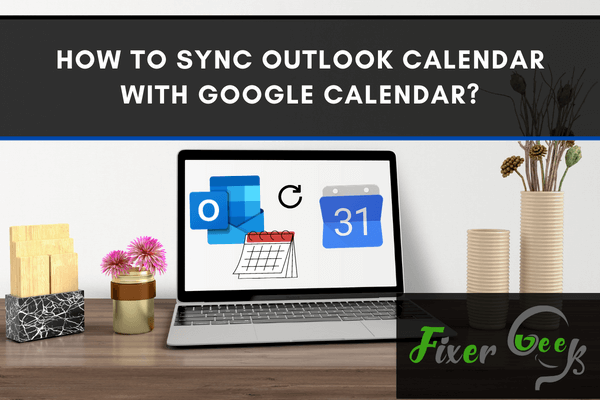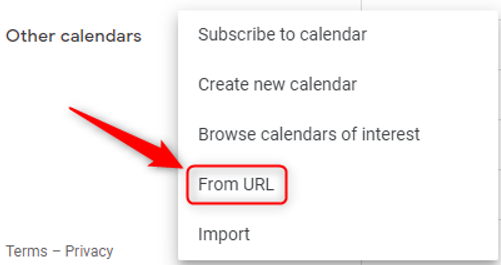Having a hard time to synchronize your Outlook Calendar with Google Calendar? Well, you have come to the right place. And, as you can see from the title above, the method I' going to show you is also very easy. So all you need is to follow the steps closely and finish your task quickly and easily.

If you are using the Outlook calendar to keep track of your work commitment and Google Calendar for your personal life, you may be wishing to have these two synced together so you don't have to go back and forth. Well, good news! Syncing them with each other is possible.
In this article, you will learn several methods on how to sync Outlook Calendar with Google Calendar. Let’s get started!
Using Tools
If you want a simple method on how to sync Outlook Calendar with Google Calendar, you may want to consider using tools and apps. Here are some of the free apps that will enable you to sync Outlook Calendar with Google Calendar:
- Calendar Sync
- Outlook Google Calendar Sync
Although these apps can be used for free, they have significant limitations. Furthermore, paid tools and apps that offer syncing features for Outlook Calendar with Google Calendar can be quite pricey.
Importing Outlook Calendar to Google Calendar
Although it is possible to sync Outlook calendar with Google Calendar, it is not exactly the easiest, so many suggest using only one calendar to begin with. Besides, most calendars nowadays allow users to use multiple calendars for home and work commitments.
If you still insist on syncing Outlook Calendar with Google Calendar, you must painstakingly import the Outlook Calendar into your Google Calendar. Here are the steps:
- Go to Outlook and sign in to your account.
- Clog on the Settings icon found on the upper right side of Outlook’s menu bar.

- Click on the option “View all Out Settings” found at the bottom of the menu.
- On the settings menu, click on the “Calendar” tab and select the “Shared Calendar” option.

- The “Publish a calendar” section will appear. Click on the downward arrow on the “Select a Calendar” option, then pick the calendar you want to sync with Google Calendar.
- Before hitting the “Publish” button, make sure that the permission is set to “Can view all details.”

The Outlook Calendar you selected will now be on public, enabling you to sync it with your Google Calendar. To finally sync Outlook Calendar with Google Calendar, follow these steps:
- Press on the ICS link then click “Copy link” so that it will be copied to your clipboard. You can now start syncing your Outlook Calendar with your Google Calendar.

- Open Google Calendar.
- Click the plus icon found on the left-hand menu next to the “Other calendars” option.
- Click “From URL” from the dropdown menu list that will appear.

- Paste the URL that you have previously copied in step 1. Press the “Add calendar” so that it will be added to your inbox.
You will know whether the process is successful once you can view your Outlook Calendar notifications and events in Google Calendar.
From then on, any events you make on Outlook Calendar will now appear on the Google Calendar as well. However, you will need to sync your Google Calendar with Outlook Calendar so that the events you created there will automatically show up on your Outlook Calendar. But to do this, you will need to do a two-way sync.
Unfortunately, the only way to do a two-way sync is by using a third-party option. Although there are free apps that offer this service, they are not that reliable. Therefore, you will be left with the only option to pay for premiums.
Final Thoughts
There you have it. That is how you can sync Outlook Calendar with Google Calendar. If you think it is too complicated, you have two options. The first option is only to use one calendar while the other is to use a third-party app.